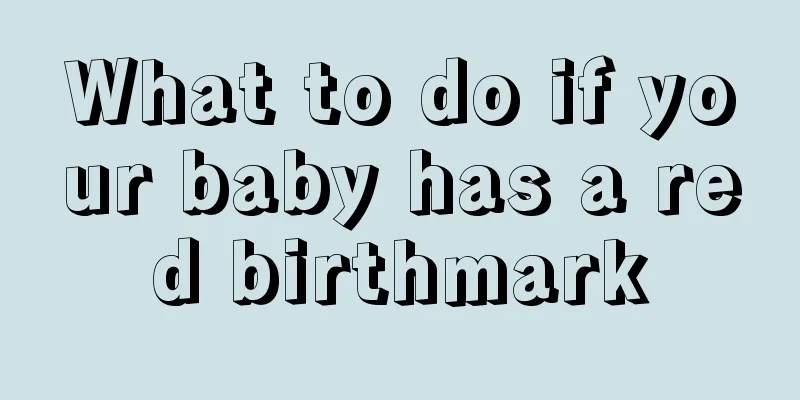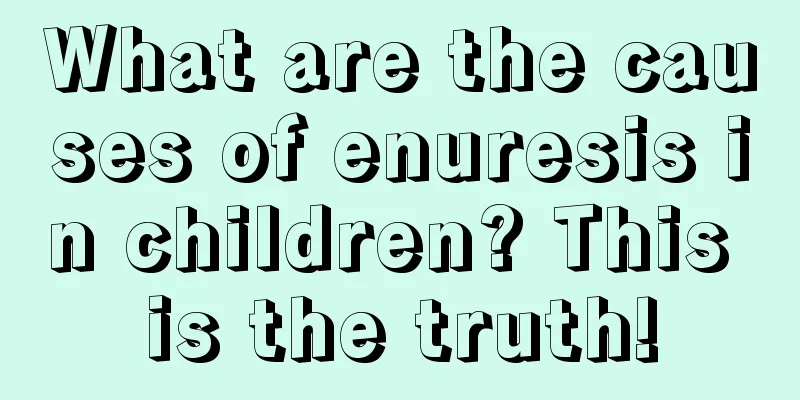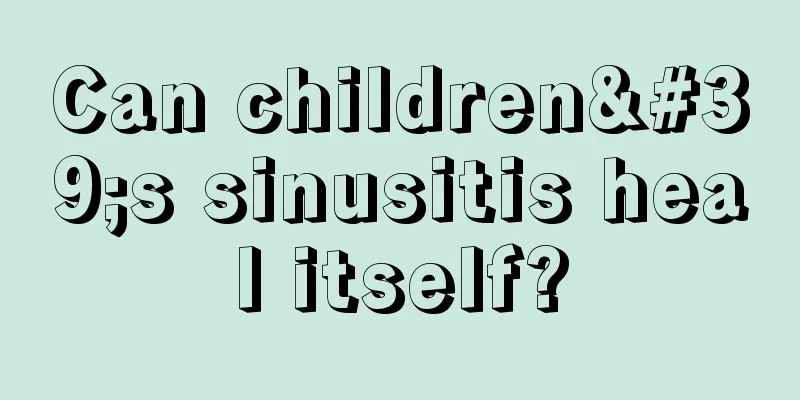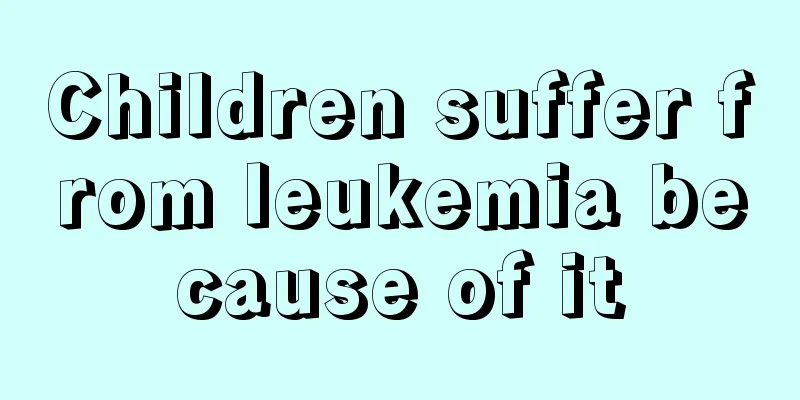What to do to reduce a child’s fever?
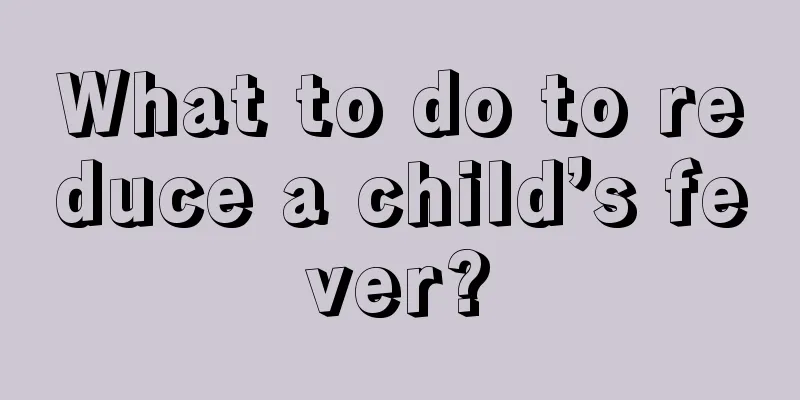
|
Children's resistance is very low, especially at the turn of winter and spring when the temperature changes rapidly. The large temperature difference between day and night makes children prone to catching colds. In severe cases, children will have symptoms of fever. Once they have a fever, their spirits and appetite will deteriorate. Therefore, the fever must be reduced in time. Let’s take a look at what to do to reduce a child’s fever. (1) If the child only has a low fever and is in good spirits, there is no need to rush to find ways to reduce the fever; (2) If the child's temperature exceeds 38.5°C and the child is obviously unwell, medication should be used first to reduce the temperature; (3) Alcohol baths and ice packs are not recommended for cooling. The fever patch has no real effect on reducing fever. If the baby resists, it is not recommended to force it on. ( 4) Encourage your child to drink more warm water. It is best to drink it in small amounts and multiple times. Children who don’t like to drink plain water can also drink diluted fruit juice and other liquids. (5) It is recommended to use warm water of 29.4℃-32.2℃ (preferably not higher than 37℃) for sponge bath or bathing your baby. Never use cold water or alcohol, as this will make the child very uncomfortable and may even cause the child to shiver and cause the body temperature to rise; hot water baths are also not suitable, as this will also increase the body temperature. (6 ) Heatstroke is easily confused with fever. Heatstroke is caused by an overheated environment. To cool down, you should wipe yourself with cold water. (7 ) There are many physical ways to reduce the temperature. Wearing fewer clothes, not covering yourself too thickly, and using air conditioning or electric fans to lower the indoor temperature in summer should be the first choice. (8) If a child has a fever and is shivering or has cold hands and feet, he should be covered with an extra blanket or have thicker clothes. Note: Generally speaking, infusion therapy is only required in cases of severe bacterial infection or dehydration. In addition, although antipyretic injections can reduce fever quickly, they also carry great risks, so don't just give your child an IV drip for the sake of reducing fever quickly without thinking twice. The above is an explanation of how to reduce a child’s fever. I hope parents will pay attention to keeping their children warm to prevent colds and fevers. |
<<: What’s going on if my baby has phlegm in his lungs? How to treat it?
>>: What should I do if my child's teeth haven't fallen out and new teeth have grown?
Recommend
Baby diapers contain formaldehyde
Formaldehyde is a very important industrial raw m...
What are the dangers of teenage obesity?
As a growing generation, teenagers are the sun of...
What to do if your child has bad teeth
Children are particularly sensitive to food, espe...
What are the benefits of children practicing yoga?
Yoga is a very popular sport. There are many yoga...
What to do if your baby's skin is rough
The baby's skin is rough, which is a very abn...
What should I do if I have a fever the next day after getting a vaccination?
What is meningococcal meningitis? Simply put, it ...
What can’t babies eat when they have diarrhea? Stop eating these foods.
If your baby has symptoms of diarrhea, on the one...
Solutions for children's hair loss
Recently, many children have had the problem of h...
The dangers of flu vaccination for children
We think it is normal for children to get flu vac...
What should I do if my baby hasn't had a bowel movement for five days?
Babies do not have much ability to express themse...
What are the preventive measures for hand, foot and mouth disease in children?
Hand, foot and mouth disease in children is a rel...
What is the normal range of hemoglobin in children?
The hemoglobin that people often talk about is ac...
What should I do if my child has poor gastrointestinal absorption?
The digestive function of children's stomach ...
What are the ways to enhance children's immunity?
In daily life, every parent hopes that their chil...
What should I do if my child is always itchy?
Disease is a very common situation in people'...
